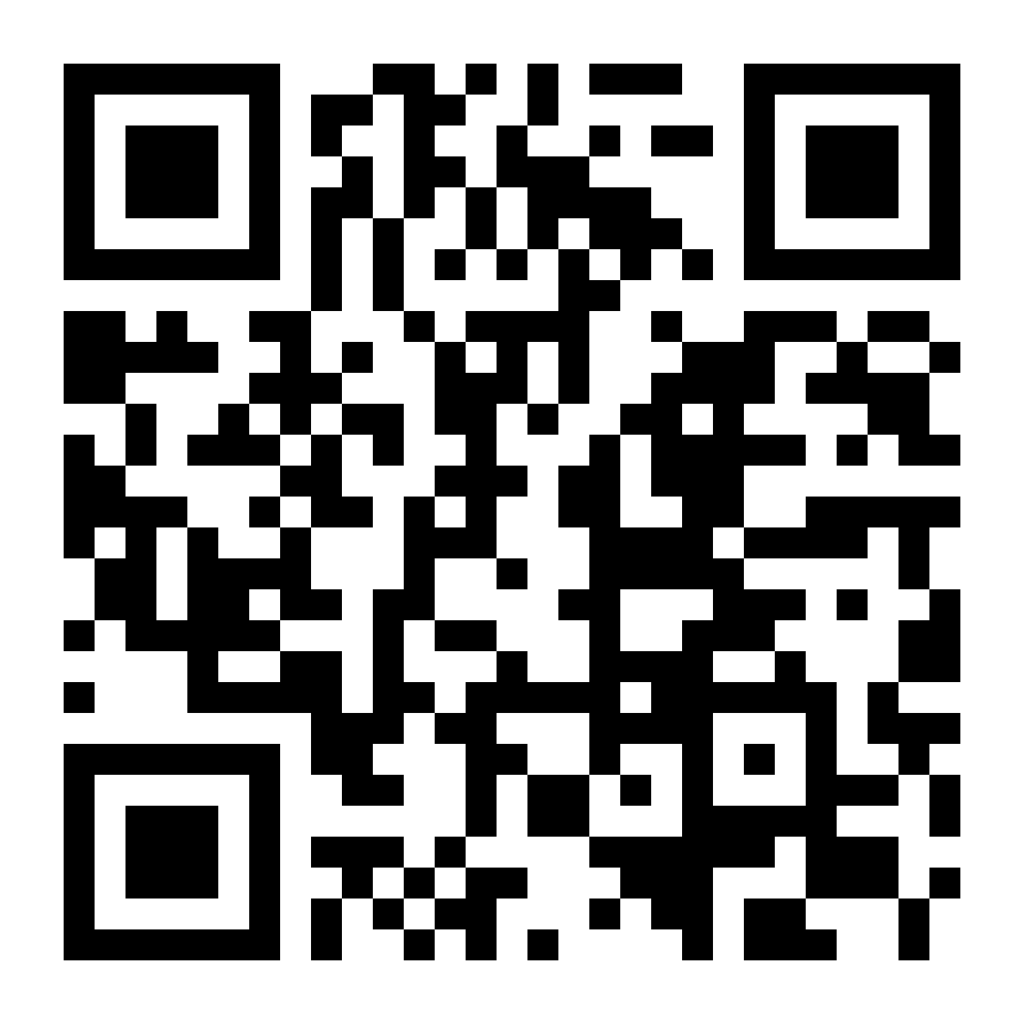The Reality of Business Fraud
In a 2016 Global Fraud Study conducted by the Association of Certified Fraud Examiners, the cost of fraud recorded by participants was $6.3 billion USD. Even by their estimates, the total global cost of fraud may be significantly higher, maybe even hundreds of times higher.
Fraud has serious consequences for the bottom lines of companies big and small. In this study, certified fraud examiners estimated that a typical organization loses about 5% of revenue due to fraud.
Related: Your Drivers May Be Overreporting Their Mileage By 28%. Here’s What You Need To Know.
Though many situations of fraud are intentional, many employees commit fraud without even knowing. Fraud doesn’t necessarily point to criminal behavior, but it does have huge real-world consequences for organizations whether or not the fraud was deliberate.
It’s important to plan for fraud and recognize it when or before it occurs. This article is about the primary ways a business can experience fraud, who commits fraud, and how to prevent fraud in business.
Who Commits Business Fraud?
Fraud can be committed by any member of an organization. Employees and managers are most likely to commit fraud, but their lack of access to larger funds in the business restricts the cost of their fraud.
While owners and executives are much less likely to commit fraud (partially because employees comprise more of a typical company), the cost of their schemes is usually much higher due to their access to large amounts of money within the organization and their ability to evade or override anti-fraud prevention methods that other employees wouldn’t have access to.
About three-quarters of occupational fraud come from just seven departments: accounting, operations, sales, executives and upper management, customer service, purchasing, and finance.
It isn’t much of a surprise that employees from the accounting department are most likely to commit fraud in a company. These employees have continuous access to financial statements and can easily falsify numbers along the way.

What Are the Types of Fraud in Business?
Though there are a wide range of types of fraud in business, there are three primary classifications in regards to occupational fraud.
There are 3 classifications for business fraud:
- Corruption
- Asset Misappropriation
- Financial Statement Fraud
What is Corruption Fraud?
Corruption includes conflicts of interest, bribery, illegal gratuities, and economic extortion. This type of fraud is committed by those in positions of power. Examples of corruption fraud could be purchasing or sales schemes.
What is Asset Misappropriation?
Asset misappropriation typically involves cash, inventory, or property. This type of fraud can be committed at nearly every level of an organization.
This can range from stealing cash receipts to payroll schemes and mileage reimbursement schemes. Asset misappropriation is the most common type of fraud in business, but usually costs the least of all frauds in expenses to employers.
What is Financial Statement Fraud?
Financial statement fraud consists of under or overstating things such as revenues, asset valuations, or cheating on mileage tracking reports.
This type of fraud can be committed at every level of a company. Financial statement fraud is the least common type of fraud but usually costs the most to employers.
The Most Common Types of Employee Expense Fraud and How to Prevent Them
Employees are the most likely individuals in an organization to commit fraud. These frauds are usually small amounts through expense reports, but they can occur for a period of time, which adds up in the long run.
The Most Common Ways Employees Cheat On Expense Reports Are:
- Submitting personal expenses as business expenses
- False mileage reporting
- Exaggerating gratuity/tips
- Submitting more than budgeted
- Receipts for canceled or returned items
Submitting Personal Expenses as Business Expenses
A simple way to commit fraud is by claiming personal expenses as business expenses. This could include meals, fuel, vacations or trips, and much, much more.
TripLog recommendation: Require employees to submit expense reports that explain every charge with receipts.
Mileage Fraud
Another simple method of committing fraud is cheating on mileage tracking submissions. A small addition is unlikely to set off any alarm bells and may be enticing for employees.
Ditch manual mileage logs and use an automatic mileage tracker app. A GPS mileage tracking tool like TripLog will give you accurate submissions every time, reducing your potential losses, cutting down the number of employee hours spent tracking and submitting mileage, and giving you peace of mind.
Related: Manual Expense Reports: The Hidden Costs
TripLog makes company mileage tracking and mileage reimbursement an extremely simple process. Try our mileage reimbursement savings calculator to see how much your company can save!

Exaggerating Gratuity/Tips
When employees are reimbursed for meals, a simple technique to skim a little extra out of the budget is by lying about tip amounts.
While the meal can be accounted for through receipts, gratuity is not always recorded. This leaves a vulnerability in the system where employees could lie about the amount given in tips to receive more in reimbursement.
TripLog recommendation: Require employees to use a credit/debit card and request receipts for every meal. Using a card every time will ensure the transaction can be tracked, reported, and checked in case of discrepancies.
Submitting More Than Budgeted
When employees are given budgets to spend on various items such as meals or travel, oftentimes management doesn’t notice when employees have exceeded their allotted amounts.
This can go unnoticed for a long period of time, leading to many small charges adding up to a large amount of money. This becomes difficult to fix when many charges pile up.
TripLog recommendation: Accountants should double-check numbers often. Make it a requirement to review budgets frequently to make sure every employee is reporting honestly.
Additional Tips for Identifying & Preventing Fraud in Business
Tip Hotlines
According to the Association of Certified Fraud Examiners, the most common detection method for organizations experiencing fraud are tips from concerned individuals. Therefore, the single most impactful method of identifying fraud within an organization is providing an anonymous hotline to report suspicious activity to the organization.
Individuals who know about fraud may not want to come forward for various reasons, including friendships, reputation, not being taken seriously, and reprimand. Whistleblowers may even be outside the organization entirely, making tipping off anyone within more difficult.
Setting up an anonymous hotline for reporting fraud removes many of the barriers to reporting and allows for more honesty in tips.
Company Debit Cards
If your organization budgets funds for employee use such as for meals or travel, a straightforward approach to preventing fraud is by providing debit cards to employees. If employees are only given the amount they are budgeted, they can’t spend more than is allotted.
Related: Why You Should Use A Mileage Tracker With Your Fuel Card
This also allows management to review every charge and check for discrepancies. This doesn’t necessarily control all types of fraud, but it does allow much more oversight.
Conclusion
A business will always be exposed to some risk of fraud. Humans are prone to error and could be enticed to cheat their company out of money.
Every employee added to payroll is another liability to control for. That’s why TripLog offers an expense and mileage tracker app that saves you time, money, and protects your business from fraud.
Automated mileage tracking and reporting cuts out any inaccuracies and helps every business run more smoothly. Download the app today on iOS or Android to begin your journey toward more accurate expense tracking, or visit our pricing page to get started.
You can also schedule a complimentary live web demo to learn more. Thanks for reading!









